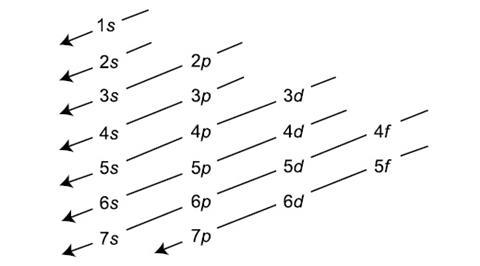The website has the complete lesson note for all the subjects in secondary school but this piece showcases the SS2 Chemistry Lesson Note on Periodic Table. You can use the website search button to filter out the subject of interest to you.
CLICK HERE to download the complete Document: DOWNLOAD HERE
TOPIC: PERIODIC TABLE
CONTENT:
- Periodic law
- Electronic configuration of the first thirty elements
- Blocks of elements – metals, non-metals, metalloids and transition metals
- Families; S-P-D-F (according to group I-VIII to group IA- Alkalis metals, group IIA- Alkali earth and other family names)
PERIODS 1 AND 2: PERIODIC LAW
Periodic Table: This shows the arrangement or grouping of elements in order of increasing atomic number.
Periodic Law: Is the basic assumption behind the modern periodic table; it states that the properties of the elements are the periodic function of their atomic number.
ELECTRONIC CONFIGURATION OF THE FIRST THIRTY ELEMENTS
The electronic configuration of an atom is the representation of the arrangement of the electrons distributed among the orbital shells and subshells. Commonly, the electronic configuration is used to describe the orbitals of an atom in its ground state
MEANING OF ATOMIC ORBITAL
Orbital is the region of space around the nucleus where there is a high probability of finding electron. The four different types of orbitals are s, p, d, and f. These orbitals have different shapes and one orbital can hold a maximum of two electrons. The p-orbital has three degenerate orbitals, with a maximum of six electrons, d has five sub orbitals with a maximum of ten electrons and the f-orbital has seven sub-orbitals with maximum of fourteen electrons.
| Orbitals | Number of sub-orbitals | Max.no. electrons | Shape |
| S | – | 2 | Spherical |
| P | 3 | 6 | Dumb-bell |
| D | 5 | 10 | Double dumb-bell |
| F | 7 | 14 | Complex |
RULES AND PRINCIPLES FOR FILLING IN ELECTRONS
- Aufbau Principle: states that electrons are filled in their orbital in order of increasing energy level. The order is as follows:
1s < 2s < 2p< 3s < 3p <4s < 3d <4p etc.

- Pauli’s Exclusion Principle: states that two electrons in the same orbital of an atom cannot have same values for all quantum numbers. Usually, the first electron in an orbital is assumed to enter with up-spin (clockwise), ↑ while the second electron enters the same orbital but with a down-spin (anti-clockwise), ↓.
- Hund’s Rule of maximum Multiplicity: This rule states that electrons occupy each orbital singly first before pairing takes place in a degenerate orbital. Hence, no pairing in degenerate orbital until each orbital is singly occupied with parallel spin.
Click on the Downloadable Button to get the FULL NOTE



